The dog's basic equipment requirements are simple. It needs to be properly identified, safely controlled, securely housed, nutritiously fed, and kept mentally and physically active and alert. Choose a collar, and walking and training leashes, according to your dog's weight, strength, and level of activity. In some circumstances, a head halter or body harness is advisable. Provide your dog with its own bed - this is its own personal space. Dogs are generally content to use crates as beds, provided they have been trained to do so from early puppyhood. Use sturdy, hygienic food and water bowls, and provide a limited number of well-made toys for your dog's amusement, for playing either on its own or with you. Inexpensive, easy-to-clean, soft nylon collars are excellent for growing puppies, and can be replaced with larger models as a dog grows. Rolled leather collars cause less damage to the hair on the neck than flat ones. Attach an ID tag with your name, address, city, state, zip and most importantly, your phone number. You should include your cell phone number, too, if you have one. Augment this with temporary contact information when you take your dog on a trip. Use a reliable, strong, short leash for walking your dog. During training, use a long training leash to make sure your dog responds to your commands. If your dog is unreliable off its leash, use the long training leash for exercise, as well. A head halter is excellent for controlling a powerful dog. It should not be used with a dog with very short legs - its nose would be pulled too close to the ground when it surges ahead. Body harnesses eliminate tension on the neck, especially in the area of the windpipe. Well-designed muzzles prevent scavenging and reduce the risk of bites.
Immediate Needs: Quality equipment is usually an excellent investment. It is not likely to be damaged and will last a long time. The most immediate needs for a newly acquired dog are food and water bowls, a bed, a collar and leash, and an ID tag with a telephone contact number. For health as well as practical reasons, avoid using your own tableware for feeding your dog. Provided sturdy, shatterproof, nonslipping food and water bowls, as puppies love to play with them. It is useful to place these on a mat that absorbs water that might splash while the dog is drinking. Consider buying a special can-opener and knife and fork for preparing your dog's food. Bedding should be comfortable and easy to clean. Wicker baskets are attractive, but easily chewed, especially by puppies, and extremely difficult to clean when they get soiled. Beds made of molded plastic are easy to clean. They appeal to dogs because they provide secure "walls" to lie against. Bean-bag beds are very attractive to dogs, since they provide both comfort and insulation. They usually have a removable cover that is machine washable. Finally, a useful piece of puppy equipment is a crate, which provides the dog with a safe space to keep out of trouble.
Equipment for control: When selecting appropriate collars and leashes, your dog's temperament and size are important considerations. Your local veterinary clinic or dog-training club will provide experienced advice on what is best for your dog. In virtually all outdoor situations, you will need a soft, light training leash - these are often made of cotton or nylon mesh. Available in various lengths, they can be geared to the size of your dog and the level of training you have reached. Start with a 6-ft. (2m) leash and use this both indoors and outdoors to ensure that your dog responds to commands. For exercise, a body harness may be appropriate for breeds with delicate windpipes, such as the Yorkshire Terrier, Italian Greyhound, Chihuahua, and Whippet, or for breeds with thick necks, like the Pug. Head halters act much like horse halters and are extremely useful for controlling large, enthusiastic young dogs. When the dog surges ahead, its momentum pulls on the halter and draws its head downward. The dog stops pulling on its own.
Crates and Playpens:
A Safe Space: A crate is an ideal den for a dog. Puppies should learn that it is a comfortable and secure bed and personal territory. By training a puppy to eat, play, and sleep in a crate, you train it to accept and enjoy staying in its den while you're in the car or when the dog is home alone. Crate training provides the solution to a variety of behavior problems before they happen.
Practical Play Area: A playpen is an expanded version of a crate, useful for puppies that are not yet house trained. When a puppy is left temporarily unattended, soiling accidents in the home are avoided if it is restricted to a newspaper lined playpen. Never use a playpen or crate as punishment - both are meant to be enjoyed.
Kallee and Tamara
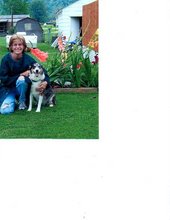
A Beautiful Summer Day.
Madam Kallee, CTD, CGC - 1994-2005 - Certified Therapy Dog and a Canine Good Citizen
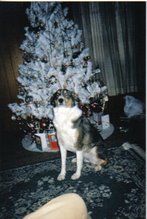
I am so pretty!
Kallee, T.D.I., CGC - Certified Therapy Dog and a Canine Good Citizen - 1994-2005

I loved to pose for the camera.
Hat Girl.

The things I do for my mom!
Happiness.

Bubby knows how to scratch a tummy.
Best of Friends.

Mine! No, Mine!, No Mine!!!
Whew !

Bubby wears me out!
This is the Life.

Just relaxing with bubby.
Kallee and Mr. Monkey
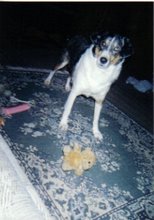
See Mr. Monkey? Wanna play?
Miss Cool.
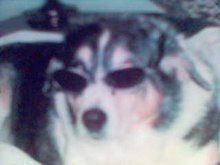
I loved to wear my shades.
Subscribe to:
Post Comments (Atom)
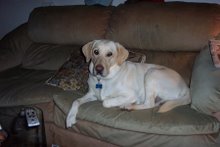

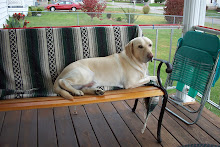
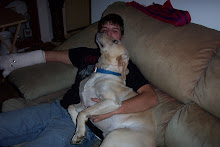
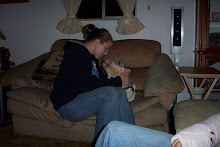
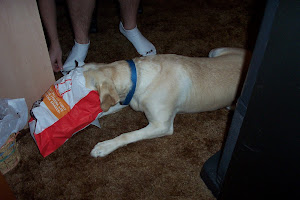
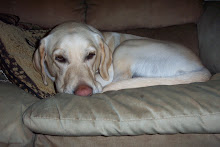

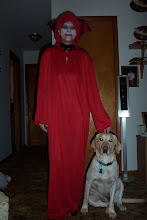
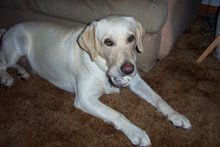
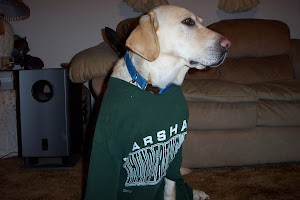


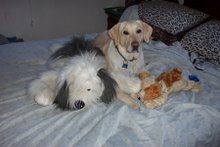

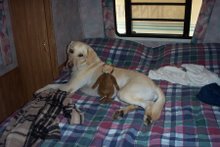
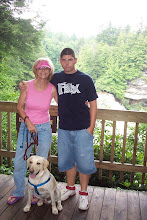
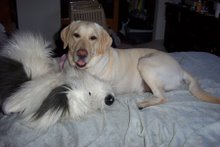
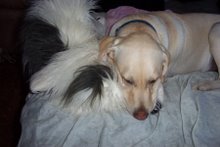
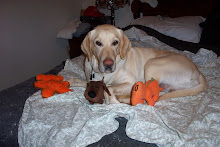
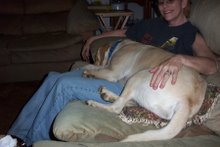
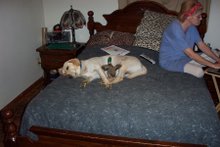
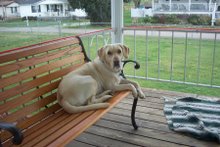
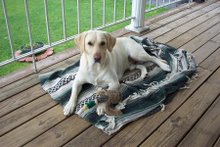
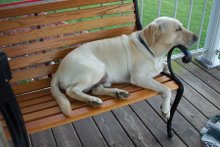

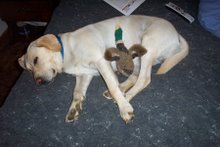
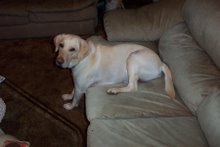
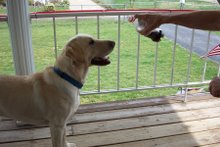
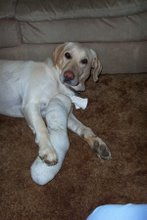
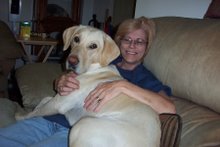
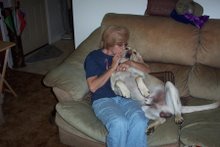
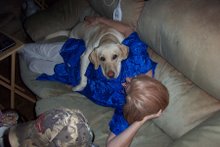
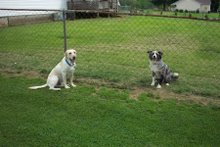
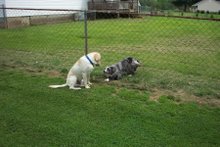
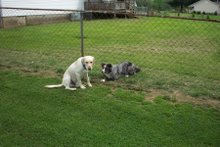
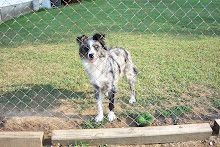
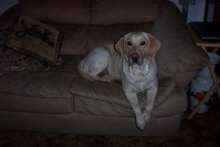
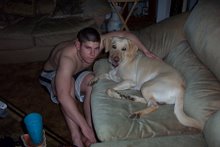
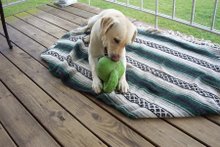
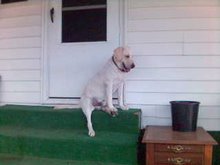
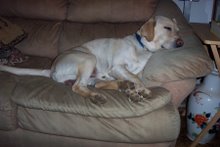
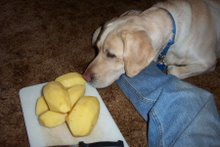


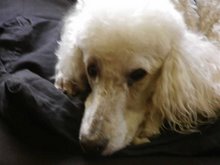

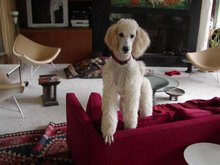
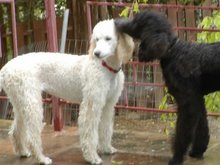
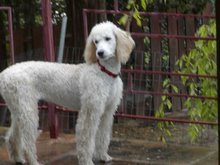

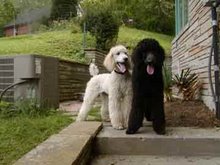
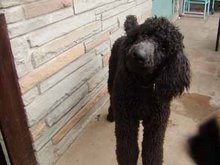
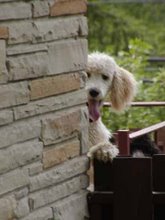
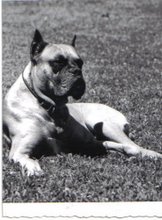

No comments:
Post a Comment